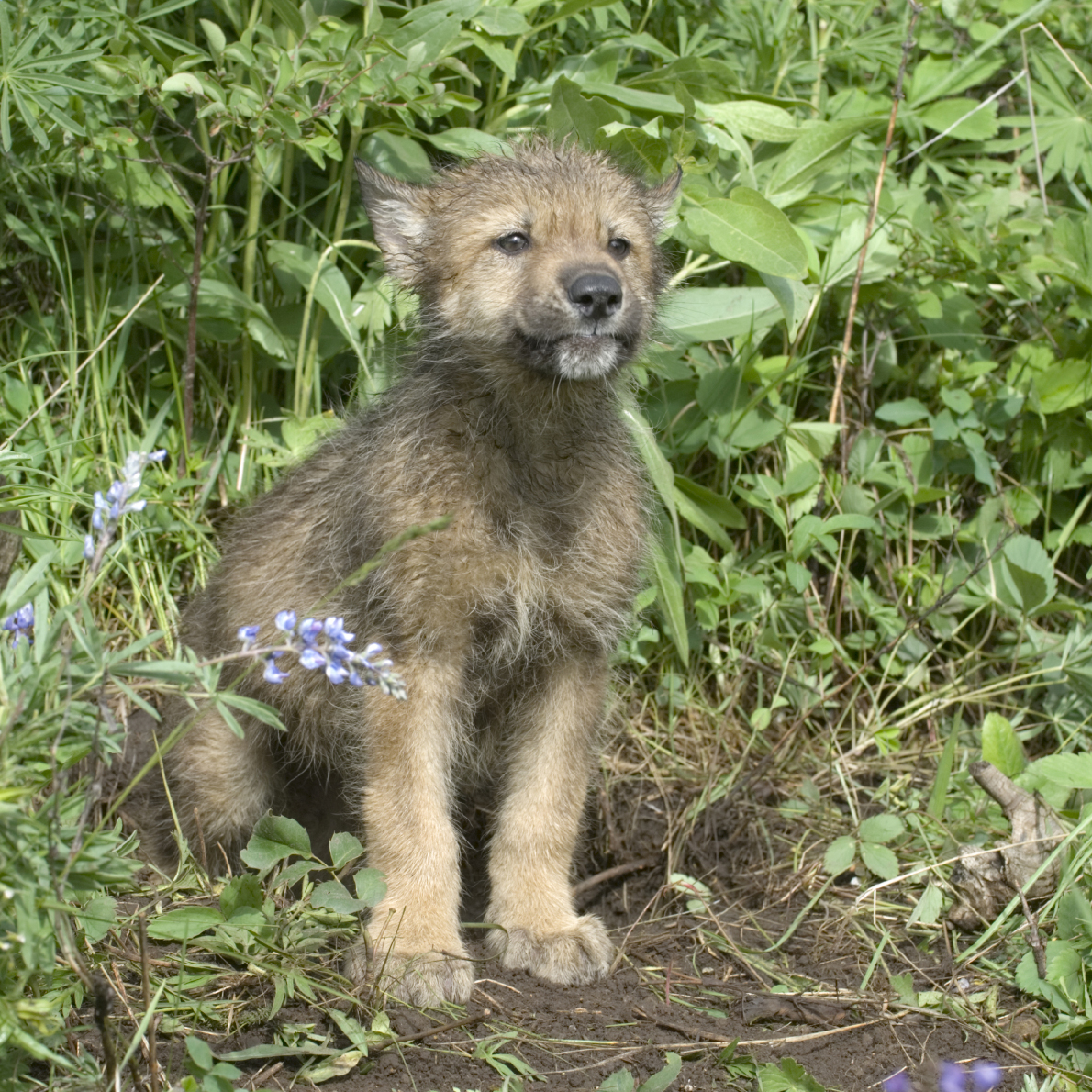
The stories reported in the media are confused and unclear. While speculation and observation are running rampant, the facts are bare. What we do know is that coyotes are behaving unusually. In one article posted by The Toronto Star, the reporter failed to ask a vital question: why?
Why are coyotes behaving differently?
Based on the sole fact we have, in addition to a great deal of history, we can come to the same conclusion as our friend Lesley Sampson of Coyote Watch Canada did: someone is feeding wildlife.
It may not be intentional. Often, people with bird feeders end up feeding coyotes through a micro ecosystem they’ve developed in their backyards: birds spill the seed, mice and rats feed on the spilled seed, coyotes feed on the mice and rats. And then, they’re shocked when they see the coyotes.
Of course, there’s the people who do feed coyotes intentionally. They feel a need to provide for animals, though the animals don’t need the helping hand. And, as you can imagine, feeding wildlife never ends well.
Since coyotes – and other wild animals – don’t understand property lines the way we humans do, they don’t distinguish between your neighbour’s lawn, where they get free hand outs, and your own. They also likely have difficulty distinguishing between your neighbour and you.
What’s happening right now in Toronto and its surrounding suburbs is something we’ve seen happen time and time again. Someone feeds a coyote. The coyote starts taking greater risks, thinking he’s safe. And then conflict occurs. But it’s not too late for this, or other, coyotes. By implementing a co-existence program or working with a dedicated organization like Coyote Watch Canada, coyotes and humans can peacefully live alongside each other.
Before any of that can happen, though, the public, the media and our municipal leaders need to start asking the right questions.

